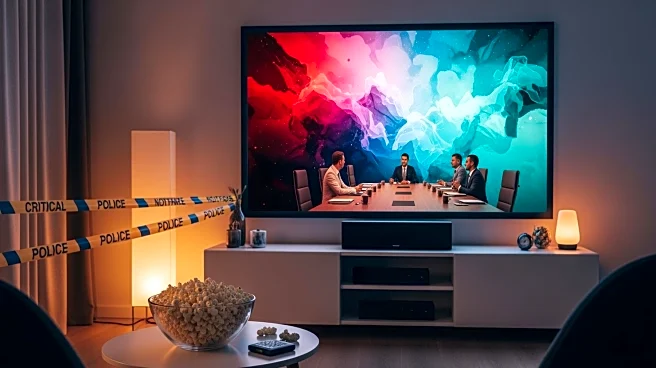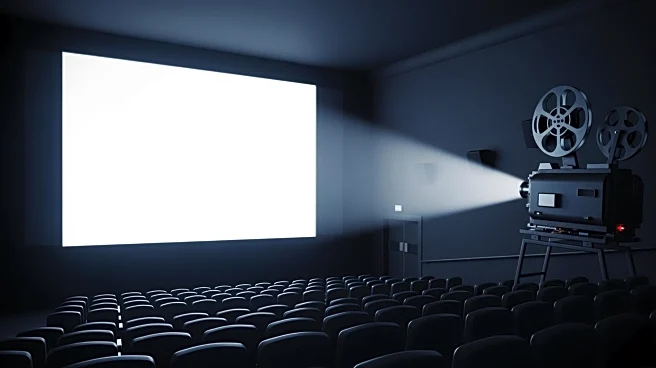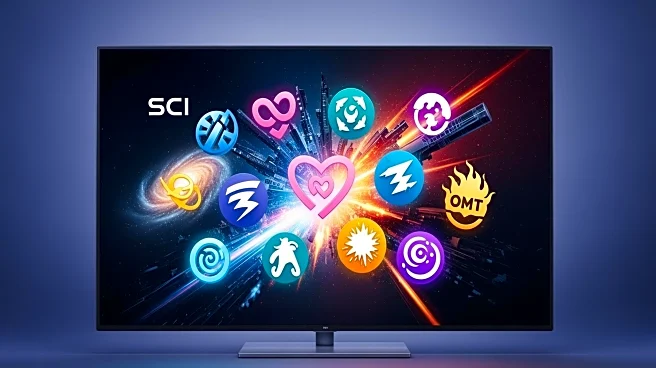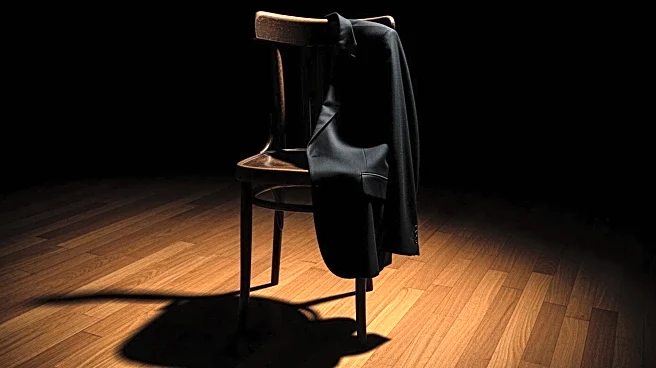What's Happening?
The fall of 2025 is set to be a significant period for the film industry, with major studios releasing a series of anticipated films in October and November. This includes Guillermo del Toro's 'Frankenstein,'
which will have a theatrical release on October 17, followed by a Netflix release on November 7. This strategy of shortening the window between theatrical and streaming releases is becoming more common, as studios aim to capitalize on both box office and streaming revenues. Other notable releases include 'Tron: Ares,' 'Black Phone 2,' and 'Wicked: For Good,' each strategically positioned to capture audience interest during the holiday season.
Why It's Important?
The shift towards compressed release windows reflects a broader trend in the film industry, where the traditional model of extended theatrical runs is being challenged by the rise of streaming platforms. This change is significant as it affects how audiences consume media, potentially leading to quicker transitions from theaters to home viewing. For studios, this strategy could maximize revenue by tapping into both theatrical and streaming markets simultaneously. However, it also poses challenges, such as increased competition for audience attention and the need for effective marketing to ensure films stand out in a crowded release schedule.
What's Next?
As studios continue to experiment with release strategies, the industry may see further innovations in how films are distributed and marketed. The success of these fall releases could influence future decisions on release windows and distribution channels. Additionally, audience reactions and box office performance will likely inform how studios balance theatrical and streaming releases moving forward. Stakeholders, including filmmakers, distributors, and streaming services, will be closely monitoring these developments to adapt their strategies accordingly.
Beyond the Headlines
The evolving release strategies also raise questions about the cultural experience of movie-going. With shorter theatrical windows, the communal aspect of watching films in theaters may diminish, potentially impacting the social and cultural significance of cinema. Moreover, the emphasis on streaming could lead to changes in how films are produced, with a possible shift towards content that is more suited for home viewing rather than the big screen.











